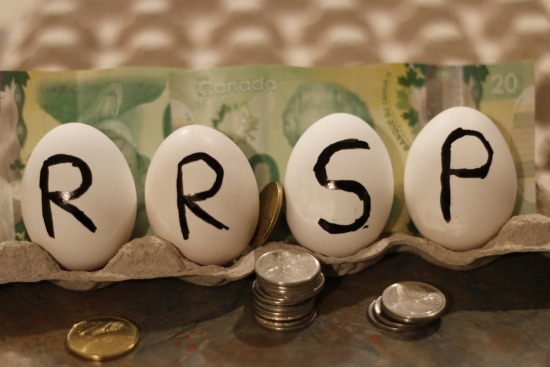
Using an RRSP for a
home or an education
January 22nd, 2024
If someone needs funds to help achieve a life goal or meet an unexpected need, making a withdrawal from Registered Retirement Savings Plan (RRSP) mutual fund investments is usually a last resort. The amount is taxed as income and that contribution room is lost.
But there are two exceptions to the rule that could apply to a family member, or possibly yourself. The Home Buyers’ Plan and the Lifelong Learning Plan allow you to make tax-free RRSP withdrawals, and you don’t lose the contribution room.

Home Buyers’ Plan
With the Home Buyers’ Plan, a first-time homeowner can withdraw up to $35,000 from their RRSP on a tax-free basis, provided they repay the funds according to the plan rules. They can also use funds from a First Home Savings Account (FHSA) to help make their down payment.
A relatively new provision helps recently separated or divorced individuals – recognizing there could be financial hardship at such a time. They can use the Home Buyers’ Plan to either help purchase a new home or buy out their ex-spouse’s share of the current home.
Lifelong Learning Plan
The Lifelong Learning Plan is designed to help adults enhance their education or skill set. An individual can withdraw up to $20,000 of RRSP funds tax-free to help fund their own or their spouse’s education or training costs.
Weighing the financial impact
It’s important to keep in mind that using either program means losing several years of tax-deferred mutual fund growth while the withdrawn amount is being repaid. However, furthering your education through the Lifelong Learning Plan may lead to increased income – and larger RRSP contributions down the road. Purchasing a home with help from the Home Buyers’ Plan may avoid the cost of mortgage loan insurance or even make the difference between renting and owning.
More Articles

The Growing Pressures of the Sandwich Generation in Canada
Read More